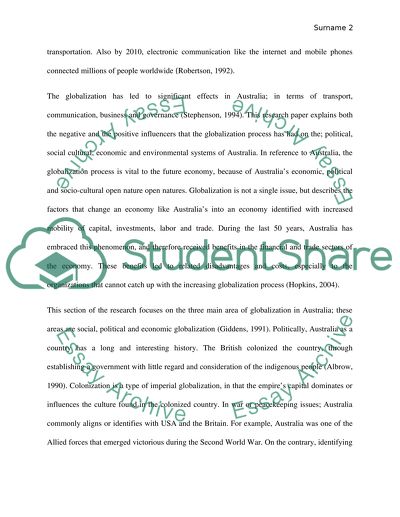Cite this document
(“Australian Globalization Essay Example | Topics and Well Written Essays - 2500 words”, n.d.)
Retrieved from https://studentshare.org/social-science/1646566-australian-globalization
Retrieved from https://studentshare.org/social-science/1646566-australian-globalization
(Australian Globalization Essay Example | Topics and Well Written Essays - 2500 Words)
https://studentshare.org/social-science/1646566-australian-globalization.
https://studentshare.org/social-science/1646566-australian-globalization.
“Australian Globalization Essay Example | Topics and Well Written Essays - 2500 Words”, n.d. https://studentshare.org/social-science/1646566-australian-globalization.


